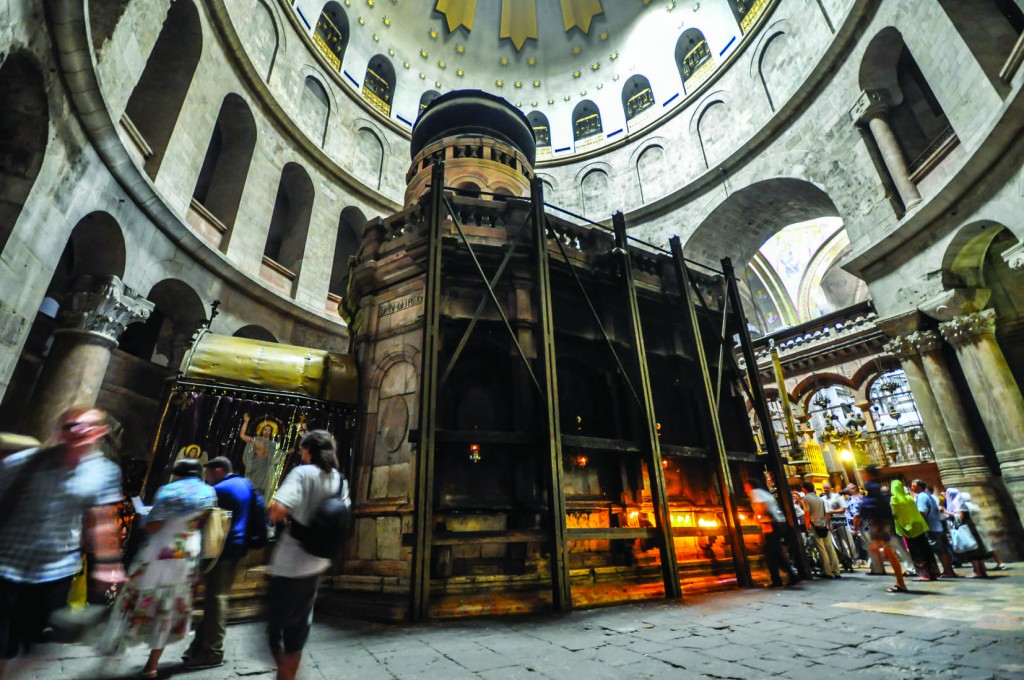
The small structure inside the Church of the Holy Sephulcher in Jerusalem which encloses the tomb of Jesus
Endangered Jesus Tomb Unites Rival Catholic, Orthodox Churches in $3.4 Million Restoration Project
Three Christian traditions recently put aside their long-standing theological differences and agreed to partner to save the endangered holy place where Jesus was crucified, buried, and resurrected in Jerusalem.
Members of the Greek Orthodox, Roman Catholic, and the Armenian Orthodox Churches have partnered in a $3.4 million renovation project for the tomb of Jesus, located inside the Church of the Holy Sepulcher in Jerusalem’s Old City.
According to the New York Times, each Church tradition will donate money toward the restoration project, with additional funds coming from a Greek bank.
The renovation will include fortifying the centuries-old structure, which was so in danger of caving in earlier this year that the Israeli government temporarily stopped worshippers from entering for fear it would collapse.
The Franciscan Custody of the Holy Land told the Times of Israel in a statement that over the course of eight months, the tomb will be taken apart, piece by piece, and rebuilt to ensure its stability. The three Christian traditions are crediting the Israeli government for helping save the tomb, since the shutting down of the tomb prompted the $3.4 million restoration project.
“Somebody had to push us,” the Rev. Samuel Aghoyan, the Armenian Patriarchate’s representative at the Holy Sepulcher, said. “If the Israeli government had not gotten involved, nobody would have done anything.”
The holy site has served as an important pilgrimage destination for Christians around the world, particularly drawing tens of thousands of visitors in the springtime as they gather to see the Holy Fire, a flame that miraculously emerges from the tomb each year ahead of the Orthodox Easter.
It has also served as an important symbol of unity for the Roman Catholic and Eastern Orthodox Churches, with Pope Francis meeting with Ecumenical Patriarch of Constantinople Bartholomew I at the Church of the Holy Sepulcher in 2014 to mark the 50th anniversary of the 1964 meeting in Jerusalem between Pope Paul VI and Ecumenical Patriarch Athenagoras of Constantinople which led to the lifting of 900 years of mutual excommunications.
The Church of the Holy Sepulcher serves as the headquarters of the Greek Orthodox Patriarch of Jerusalem, but control of the structure is shared between several Churches and secular entities. It is home to branches of Eastern Orthodoxy and Oriental Orthodoxy as well as to Roman Catholicism.
—Christianpost.com
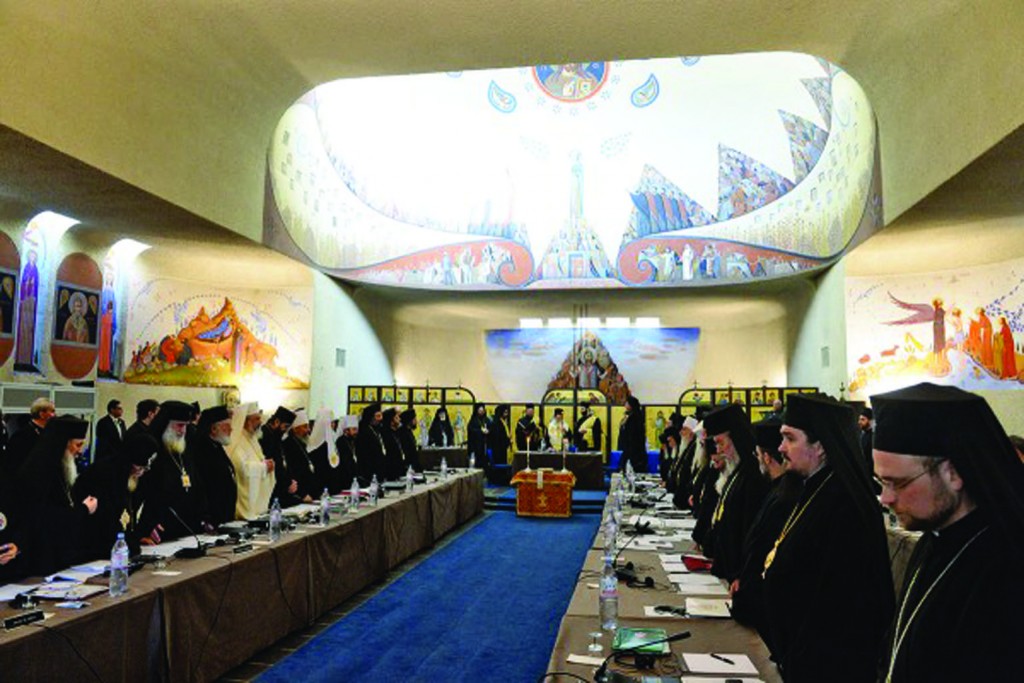
Preparing the Great Council of the Orthodox Church in Chambesy, Switzerland
Upcoming Pan-Orthodox Council Location Changed While Russia Seeks to Calm Disputes Before the Council Takes Place
A historical meeting bringing together representatives of 300 million Orthodox Christians, due to be held after centuries in Istanbul this year, has been shifted to the Greek island of Crete. The move came after the Russian Orthodox Church indicated that it did not want to come to Turkey due to the crisis between the two countries over the Turkish downing of a Russian jet said to have violated the Turkish-Syrian border last year, Greek Orthodox Patriarch Bartholomew told a group of journalists on April 18.
In addition to this problem, Russia’s most popular news site has posted a report that the monasteries of Mt. Athos will hold a meeting after Easter to discuss the draft documents relating to the pan-Orthodox Council. For a number of weeks, the website, Pravoslavie.ru, has been immediately translating and posting the writings of significant Church organizations or persons attacking various parts of the documents.
On April 25, Russian Orthodox Bishop Tikhon gave an interview to RIA Novesti relating to ecumenism in Russia. He said the current ecumenical activity is perceived by a significant part of the flock of the Russian Orthodox Church “without sympathy” and that most of the faithful do not see “any real future for ecumenical ideas in the Church.” According to him, the theology of ecumenism is “sad and far-fetched” while the theology of anti-ecumenism is “inspired and based on the patristic tradition.” However, earlier, Bishop Tikhon gave a sermon that has now been translated into English. Toward the end of the homily, he stated: “We must know the boundaries within which our association with the heterodox, including the Catholics, can take place. We can be friends with them. We can help them. We can receive help from them. We can work together on such tasks as those about which His Holiness the Patriarch spoke, which words we heard: in order to preserve the Christian world with its Christian values. But we cannot serve Divine Liturgy with the heterodox. We cannot pray together, or accept their teaching of the faith. We cannot place our Church under the bishop of Rome. These things are obvious. If we will remember and fulfill these patristic commandments, then we will bring benefit to both ourselves and to those in the non-Orthodox world to whom we can witness Orthodoxy.”
This demonstrates another aspect of why the upcoming Pan-Orthodox Council may be an important opportunity for the different Churches to discuss ways to grow closer in peace and communion with each other.
The Pan-Orthodox Council, or “The Holy and Great Synod of the Orthodox Church,” as it is officially referred to, will be held in Crete on June 17-27. This first Pan-Orthodox Council is highly anticipated, as it has been planned since 1961, for than 50 years.
Bartholomew says that the last equivalent of such a Council was the Ecumenical Council held in Nicaea (İIznik in modern Turkey) in the year 787, centuries before the Eastern and Western Churches were split in the Schism of 1054.
“Then there were only four churches,” Patriarch Bartholomew said. “Now in Orthodoxy we have 14 Churches, led by us in Istanbul. This is going to be their first joint meeting.”
Other Churches in the East and West, including the Catholic Church (the Holy See), will be sending observers to the Crete Council.
In addition to the change of location, other parties are striving to settle disputes to ensure the Council is successful. The Greek website Romfea.gr has reported that a meeting will be held at the Phanar in May between the Patriarchates of Antioch and Jerusalem in an attempt to resolve their Qatar dispute. Prayers are definitely needed so that this dispute, and other related issues, can be resolved before the pan-Orthodox Council.
—Peter Anderson
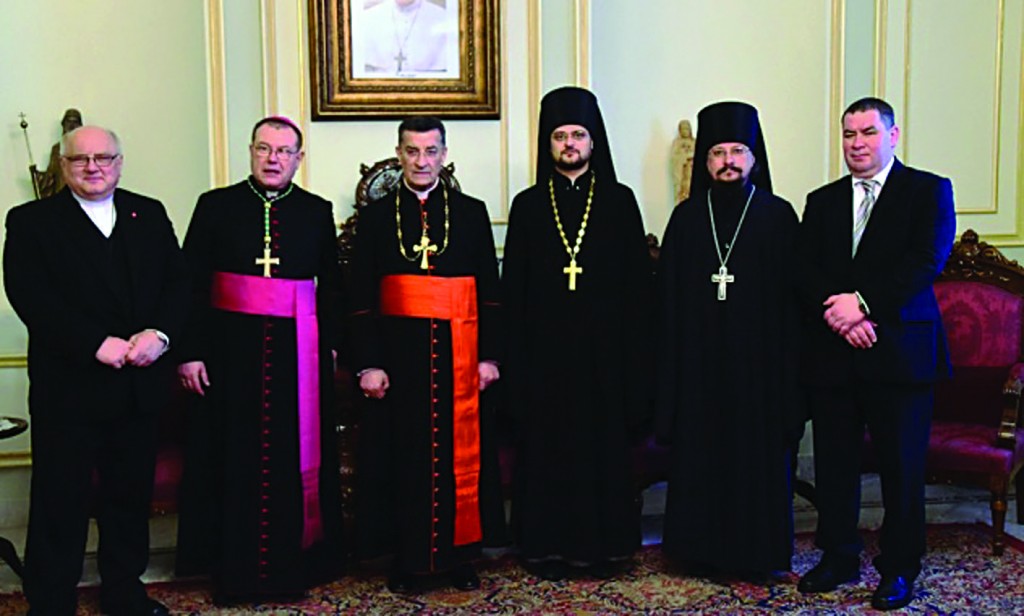
The delegation included Archbishop Paolo Pezzi, head of the Archdiocese of the Mother of God in Moscow (Roman Catholic Church), Hieromonk Stephan (Igumnov), Secretary for Inter-Christian Relations in the Russian Orthodox Church, and Fr. Andrzej Halemba and Mr. Peter Humeniuk, representatives of the Germany-based Aid to the Church in Need Foundation. In the center, Cardinal Béchara Boutros Raï of the Maronite Catholic Church in Lebanon
Catholics and Russian Orthodox Take Steps to Implement Havana Declaration
Asia News has reported that the first concrete step to implement the February 12 Havana declaration has been taken by Russian Orthodox and Catholics in Russia. During the period April 6-7, Catholic Archbishop Paolo Pezzi (Mother of God Archdiocese in Moscow), Hieromonk Stefan Igumnov (Moscow Patriarchate’s Department of External Relations), and Peter Humeniuk (Catholic charity Kirche in Not) visited Damascus, Beirut, and Lebanon’s Bekaa Valley (at the border between Syria and Lebanon, where a large number of Syrian refugees have found shelter). On April 21, the three held a news conference in Moscow to describe the results of their visit. Two of the objectives of this cooperative effort are to restore Christian shrines in Syria and to help the children of Homs.
—Peter Anderson
Francis to Visit Armenia, Georgia and Azerbaijan
Pope Francis will journey this summer to Armenia, and will visit Georgia and Azerbaijan later this year. The visit to Armenia will take place June 24-26 at the invitation of Supreme Patriarch and Catholicos of All Armenians, Karekin II, the nation’s civil authorities, and the Catholic Church, according to the April 9 statement from the Holy See. In his November 30 press conference in the flight from Central Africa, Francis had expressed his wish to go to the Caucasus nation. He will be the second pontiff to visit Armenia, after St. John Paul II’s 2001 visit.

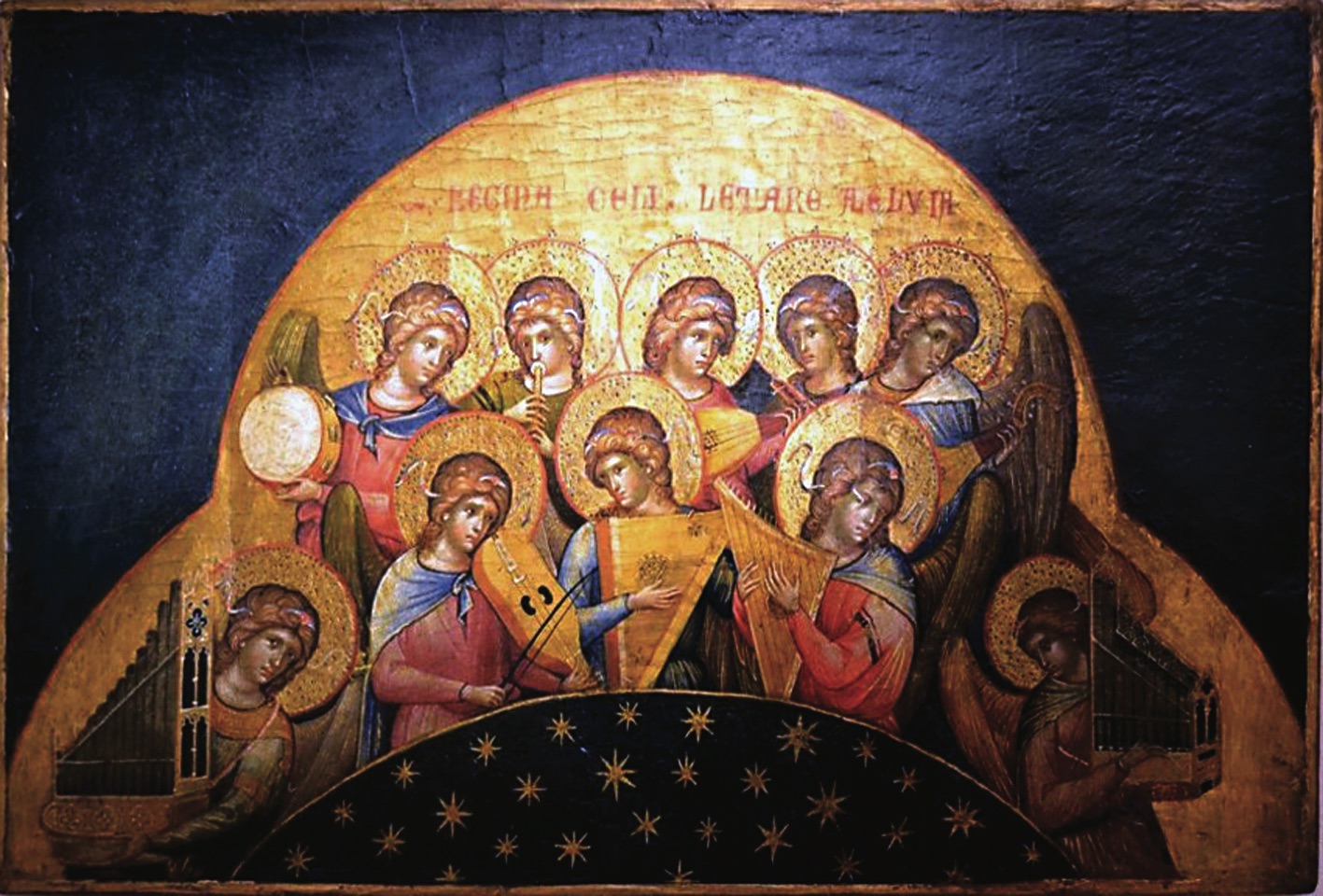
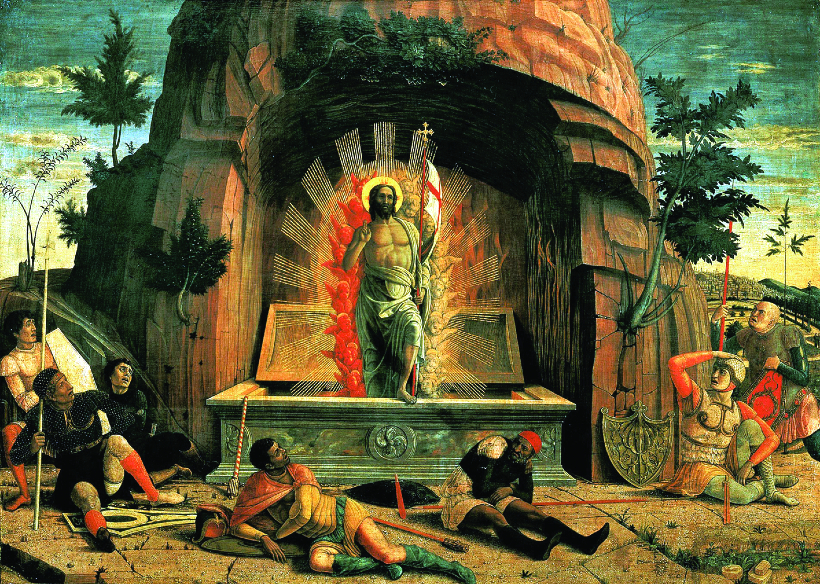

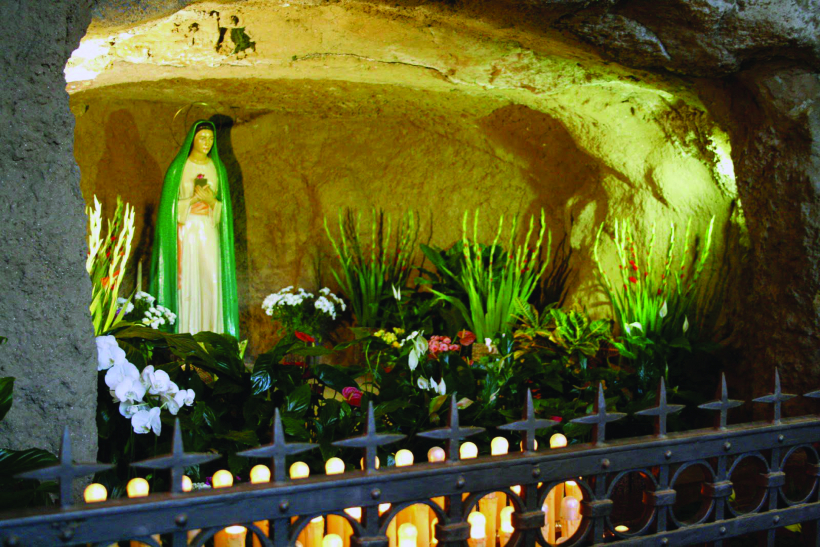
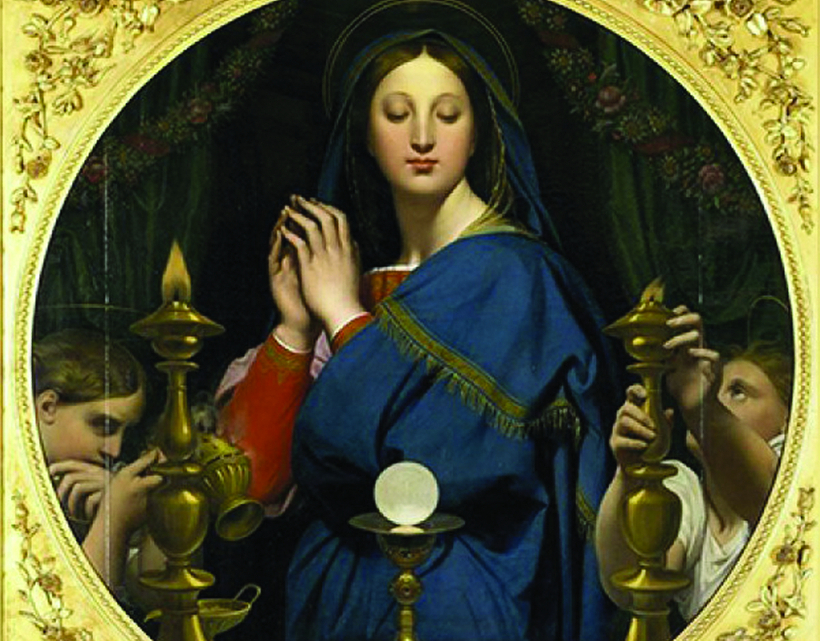
Facebook Comments